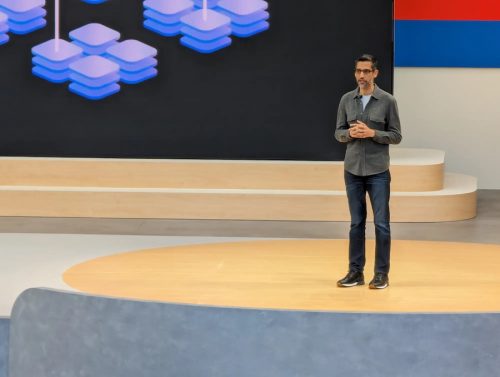A manufacturing trick with magnetic fields produces a battery that may discharge fast enough to get an aircraft off the ground.

Yet-Ming Chiang, a materials science professor at MIT, and his colleague Viswanathan, an assistant professor of mechanical engineering at Carnegie Mellon, started the project teaming up with 24M, the lithium-ion battery manufacturer which Chiang co-founded in 2010, and an aircraft Start-up in Washington, to create a new powerful battery. Recently, they have achieved a remarkable progress: the prototype batteries are strong enough to provide the energy for an advanced hybrid plane.
Reducing emissions from aircraft is one of the most challenging dilemmas, hence, Chiang and Viswanathan’s goal is to create a battery that could power an airplane with 12 people capacity and 400 miles of range—about the distance from San Francisco to Los Angeles, or New York to Washington—and increase the capacity of the plane even more in the future. This development is currently encountering the issue of duration as the energy pack was not dense enough, and it dropped dramatically to take off and reach cruising altitude. The battery will need to be as light as possible and capable of charging or replacing during the flight in order to deal with this problem.
By facilitate ions and electrons flow through the battery, particularly the electrodes it can get lithium-ion batteries to discharge at a rate fast enough for airplanes. In 2016, Chiang and his team succeeded by mixing magnetic nanoparticles into the electrode materials, and applying a light magnetic field, helped to create aligned pathways through the electrodes. The result of subsequent test shows that the rate of flowing electrodes was more than double than that of the conventional batteries.
Until the batteries are successfully power the whole flight, we can tell how effective this approach is. For now, it is just a start; however, following the first layer (Charter and Principles) of AIWS 7-layer Model, it is necessary to ensure test protocol for this battery so that it won’t have casualty, prioritize the safety of people.










